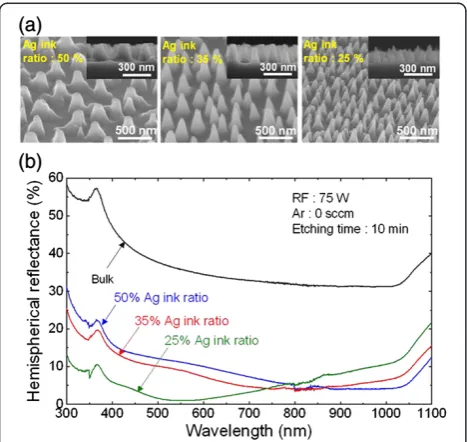Broadband antireflective silicon nanostructures produced by spin coated Ag nanoparticles
Full text
Figure




Related documents
A Randomized, Double-blind Study of the Safety and Efficacy of GSK1349572 50 mg Once Daily Versus Raltegravir 400 mg Twice Daily, Both Administered With an
graft implantation study in rabbits, the LD-graft exhibited more ingrowth of smooth muscle cells with formation of muscle bundles, due to its less dense collagen structure or,
According to Sætrom and colleagues, two miRNA molecules can cooperate in the repression of their tar- get when seed binding sites are 13–35 nucleotides apart [50], a phenomenon that
ing this development on the effect of human presence as a stimuli against the mosquitoes’ activity, the findings show that the mosquitoes’ vertical flights increase in presence
When standard-format data files are available on the local filesystem (or at a remote URL), a FASTA file can be loaded directly via the Genome menu and annotation tracks can then
Using prediction-based classification (PBC) [20], a recently described model-based approach that accommodates repeatedly measured quantitative biomarkers for outcome prediction, we
The main application of the GraphProt framework is to learn binding preferences using CLIP-seq data and to apply trained models to (1) detect motifs of sequence and structure
